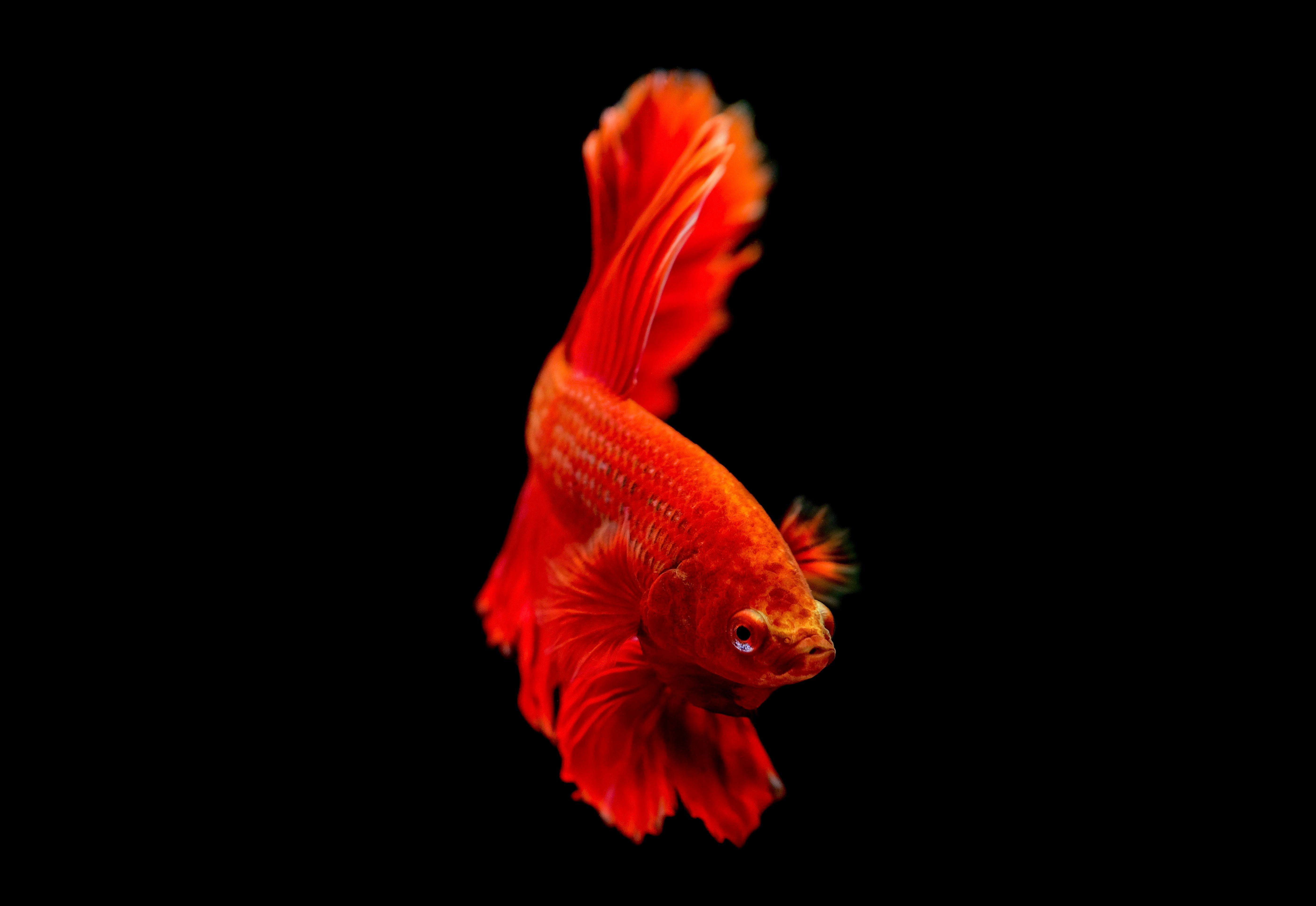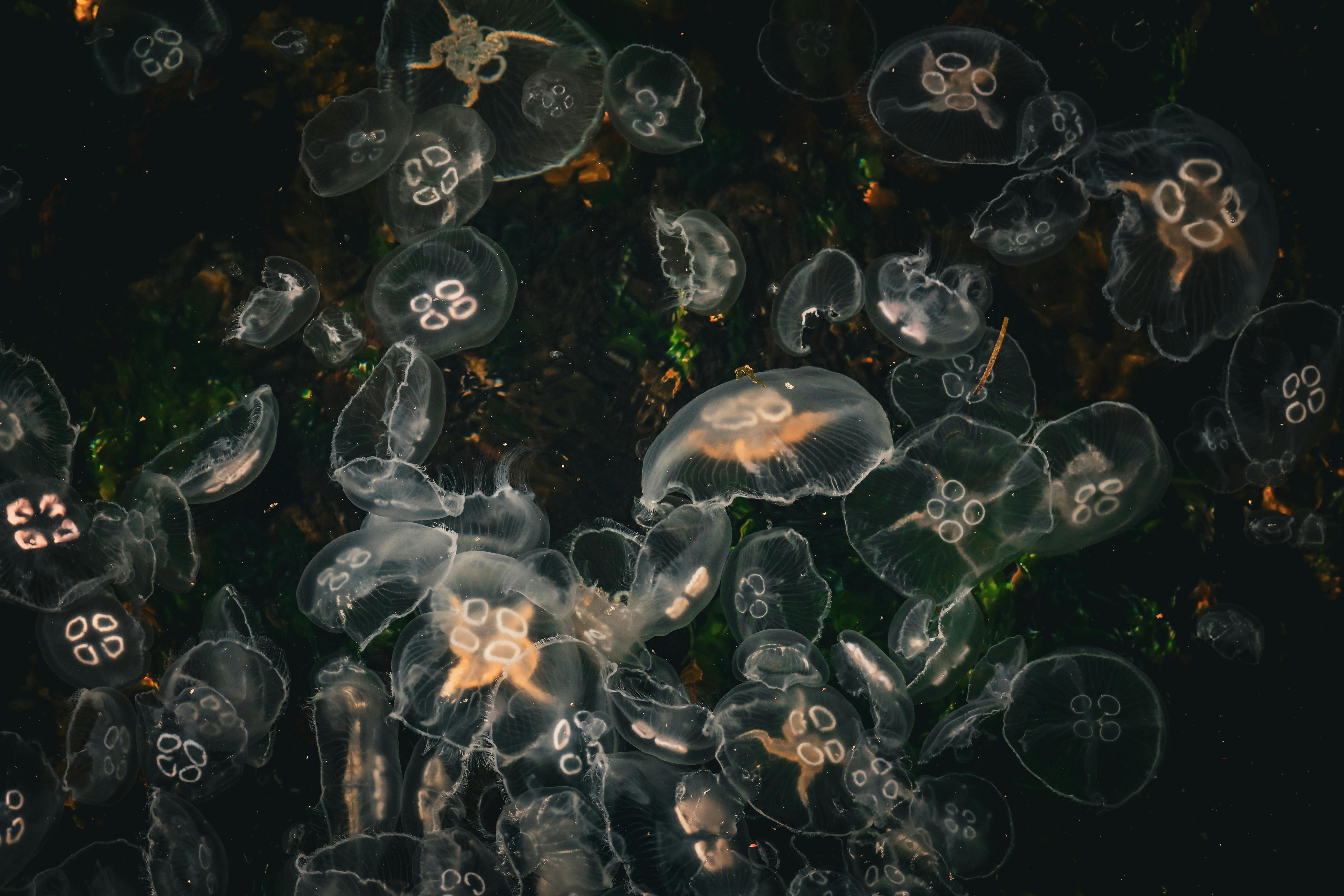Smart Ways to Handle Springtails Near You in 2025

Smart Ways to Handle Springtails Near You in 2025
Springtails have emerged as fascinating creatures in our environment, especially as we venture into 2025. Known for their role in maintaining soil health, these tiny insects, often overlooked, play a pivotal part in the ecosystems around us. However, their presence can sometimes lead to concerns, particularly in gardens and greenhouses. This article aims to provide you with a comprehensive understanding of springtails—covering their habitat, feeding habits, and effective management strategies. We'll explore why these creatures are crucial for soil health and how you can keep or control them in your garden or indoor plants. Get ready to discover smart ways to handle springtails, whether you're looking to keep them thriving or looking to manage their populations.
Key Takeaways: Understanding the benefits and management of springtails can enhance your gardening efforts or provide valuable insights for those dealing with indoor planting or pest issues. Let's dive in!
Understanding Springtails and Their Habitat
To effectively manage springtails, it’s essential to understand their natural habitat and lifecycle. Springtails thrive in moist environments typically found in soils mixed with decaying organic matter. They prefer damp, dark places, making them common in compost heaps, greenhouses, and even indoors within potted plants.
The Springtails Lifecycle
Springtails undergo a simple metamorphosis, which includes egg, juvenile, and adult stages. Eggs are laid in clusters, and under optimal conditions, they hatch quickly. Juveniles resemble adults but are smaller and lacking reproductive capabilities. This lifecycle allows springtails to flourish rapidly, especially in favorable moisture-rich conditions.
Springtail Species and Identification
There are over 750 species of springtails globally, and identifying them often requires examining their size, shape, and coloration. Typically, springtails can be found in sizes ranging from 1 to 3 millimeters. Some common species include the Folsomia candida, often found in soil and compost, and the Hypogastrura nivicola, which enjoys damp environments. Knowing these species can help in managing their populations effectively.
The Role of Springtails in Soil Health
Springtails play a critical role in soil health. They contribute to soil aeration and nutrient cycling by breaking down organic matter. This not only enhances soil fertility but also encourages beneficial microbial communities, which further improves plant health. By supporting these beneficial decomposers, gardeners can promote a healthier ecosystem within their gardens.
Building on these fundamentals, let's explore ways to manage and care for springtails effectively, whether you wish to support their populations or control them.
Springtail Care and Breeding Techniques
For those interested in harnessing the power of springtails in gardening or as a food source for pets, effective care and breeding techniques are essential. Caring for springtails involves maintaining optimal moisture levels and providing a suitable habitat. This promotes their growth and reproduction, making them easier to manage.
Creating Optimal Springtail Habitat
To create an ideal habitat for springtails, ensure that their environment includes damp, organic matter-rich soil. High humidity levels are crucial; therefore, consider using a sprayer to maintain moisture, especially in terrariums or greenhouses. Incorporating organic materials such as leaf litter can also encourage a thriving springtail population.
Feeding Springtails for Growth
Springtails primarily feed on decaying plant matter, fungi, and microorganisms. Introducing a diverse diet will not only maintain healthy populations but will also enhance their growth. You can supplement their diet with powdered dry yeast or a mix of finely ground oats, providing essential nutrients.
Breeding Springtails for Profit
Breeding springtails can be a profitable venture, especially for enthusiasts who wish to sell live springtails for terrariums or reptile feeding. Utilize containers such as plastic bins, ensuring proper ventilation and sufficient moisture. Regular monitoring and maintaining ideal conditions are crucial for reproduction. Considerations for breeding include controlling competition from other organisms and providing a plentiful food supply.
With these care tips in mind, let’s examine the strategies for controlling springtails, particularly in garden and indoor settings.
Controlling Springtails in Gardens and Indoor Environments
Managing springtails, especially when populations become overwhelming, can be necessary for maintaining healthy plants. While they are beneficial, their overpopulation might signify underlying environmental issues, such as excess moisture or decaying organic material. Here we discuss effective methods for controlling their populations.
Identifying Pest Springtail Species
Not all springtails are harmful; some can be beneficial. However, pest species might invade homes or gardens. Identifying these pest species often involves observing their behavior and population concentration. If they’re seen in unhealthy numbers around potted plants or on garden produce, it's time to take action.
Preventing Springtail Infestations
To prevent springtail infestations, managing moisture levels is critical. Reduce excess watering in both gardens and indoor plants. Employ drainage systems in outdoor areas to avoid water accumulation. Additionally, regularly clean the soil and remove plant debris to minimize their food sources and habitat. This connects to another layer of management that may involve using natural deterrents.
Using Natural Deterrents and Pesticides
There are various natural deterrents available for springtails. Substances like diatomaceous earth can help manage populations without harming beneficial insects. Additionally, certain pesticides labeled for springtail control offer relief; however, these should be used carefully to avoid impacting the ecosystem adversely.
Having these control measures in place allows us to maintain a balance within our gardens and homes. Our next discussion moves into the benefits and environmental impact of springtails.
The Benefits of Springtails for Soil Health
Understanding how springtails benefit the ecosystem is crucial for anyone passionate about gardening. They play an indispensable role in decomposition and nutrient cycling in various settings. This section explores their ecological benefits and why they should not only be viewed as pests but as vital contributors to garden health.
Springtails as Decomposers
Springtails are among the first organisms to colonize organic matter, handling the decay process efficiently. They break down plant material, which not only aids in the composting process but also enriches the soil with nutrients. This makes them essential players in sustainable gardening practices.
How Springtails Enhance Soil Aeration
By burrowing through soil and leaf litter, springtails create tiny air pockets. These pockets are crucial for soil health as they enable oxygen flow to roots and support microbial life. This enhanced aeration promotes better root development for plants, allowing for robust growth and yields.
The Role of Springtails in Ecosystem Biodiversity
Springtails also support greater biodiversity in the ecosystem, serving as a food source for various animals, including birds and other insects. Their presence indicates a healthy environment ripe for plant growth and serves as an essential link in various food chains.
As we reflect on the symbiotic relationships springtails maintain, we transition to our final section, which approaches common questions about springtails and offers practical tips for their management.
Springtails FAQs and Practical Management Tips
As we conclude our exploration of springtails, let's address some commonly asked questions and practical solutions to help manage these unique insects effectively.
What if I find springtails in my houseplants?
If springtails appear in your houseplants, it's crucial to inspect for excess moisture and reduce watering. Consider letting the top layer of soil dry out between waterings. Furthermore, check for any decaying material within the pot that may encourage their growth.
How can I utilize springtails in my garden?
Springtails are beneficial in gardens where they can improve soil health. For a thriving ecosystem, you can introduce springtails to your compost or soil, ensuring optimal conditions of dampness and organic material. This will enhance the decomposing process, leading to healthier plants.
Are springtails harmful to pets?
Generally, springtails are not harmful to pets. However, if you have concerns, ensure your pets do not consume them in large numbers as a precaution. Monitoring pet interactions in areas where springtails thrive is always a wise practice.
In managing springtails, understanding their role and behavior is key to cultivating a thriving garden and healthy indoor plants. Whether you're nurturing them for benefits or controlling their numbers, adopting informed practices can promote long-term success.

